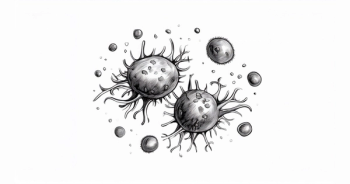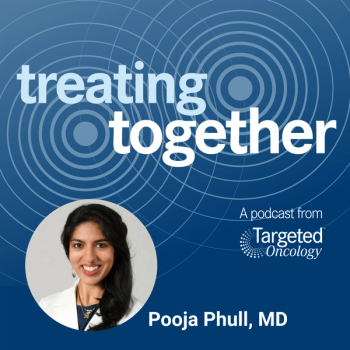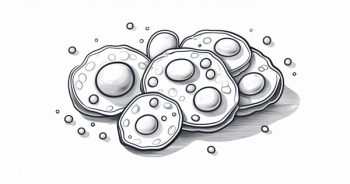
The Success of DREAMM-1 Leads to DREAMM-2
Sagar Lonial, MD, FACP:The success of the DREAMM-1 study led to the DREAMM-2 study. The DREAMM-2 study is a pivotal phase 2 study that was evaluating 2 separate doses of belantamab [mafodotin], that was looking at 3.4 mg/kg versus 2.5 mg/kg given on a once every 3-week dosing schedule.
The primary endpoint here was overall response rate, progression-free survival, and duration of response. Those were all the metrics that were looked at. Again, comparing the 3.4 mg/kg versus the 2.5 mg/kg dose. We hope to have results of that study very soon.
I’m very excited about the ability to have something off the shelf to target BCMA [B-cell maturation antigen]. It’s very clear that the use of the antibody drug conjugate targeting BCMA is not only active, but with dose mitigation strategies, you can keep patients on therapy for a longer period, even if they’re not initially responding, to try and get them to respond over time.
I think this will be a game changer for many of us in the relapsed/refractory setting, because we don’t really have great options for patients in the refractory myeloma setting outside of traditional chemotherapy-based approaches. Certainly the response rate, depth of response, and duration of response from what we’ve seen from DREAMM-1 is very encouraging and I’m hopeful to have this as an option for my patients.
I think one of the goals of using the antibody drug conjugate is to begin to think about not only using it as a single agent in the setting of relapsed and refractory myeloma, but how can you combine it with other agents, and potentially move it earlier in lines of therapy. Additionally, because it does induce immunogenic cell death, partnering it with other immune-mediated treatments, such as PD-1 inhibitors, is also something that I think is really interesting and exciting.
Understanding where it fits will really be a consequence of understanding how well it combines with other drugs. Those trials are currently ongoing. Are there strategies we can use to reduce the risk if corneal toxicity? I know we are certainly developing those strategies now, which will make it easier to bring this treatment into earlier lines of therapy.
Transcript edited for clarity.








































